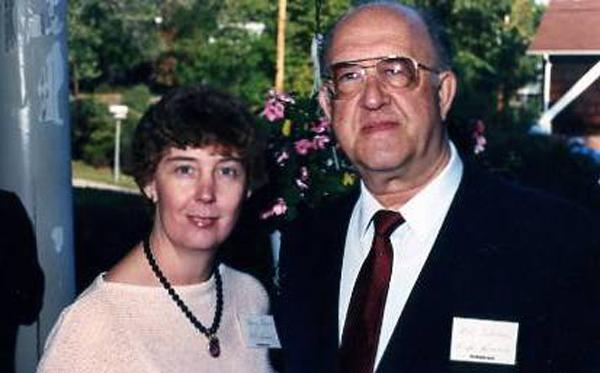| Columns Retired Columns & Blogs |
I have always admired Mr Johnson. I'm writing this on an IPad while listening to an Audio Research Classic 60. The reason why I mention this is my Classic is over 15 years old while my iPad is less than 6 months old. The one thing I admire that they both have in common is timeless quality. To me, Mr Johnson and his company will always represent timeless, unquestioned quality. What a wonderful life he had.






































